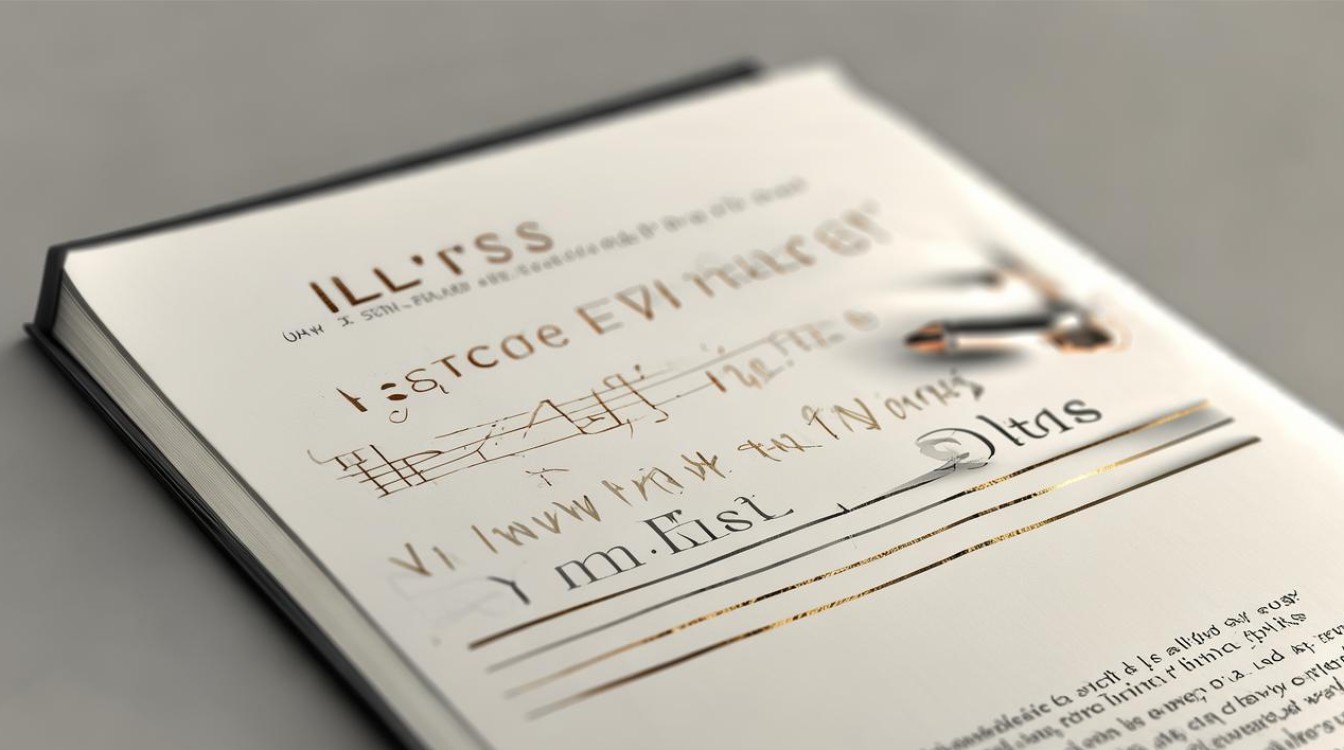雅思写作考试中,大作文(Task 2)占据重要地位,直接影响最终成绩,许多考生在备考时缺乏清晰的写作框架,导致逻辑混乱、论证不足,本文将系统讲解雅思大作文的写作方法,帮助考生掌握核心技巧,提升写作分数。

雅思大作文评分标准
雅思写作评分基于四个维度:任务回应(Task Response)、连贯与衔接(Coherence and Cohesion)、词汇丰富度(Lexical Resource)、语法准确性(Grammatical Range and Accuracy)。
- 任务回应:文章需全面回应题目要求,观点明确,论证充分。
- 连贯与衔接:段落逻辑清晰,使用恰当的连接词。
- 词汇丰富度:避免重复用词,展现多样化的表达方式。
- 语法准确性:减少错误,灵活运用复杂句式。
理解评分标准是高分写作的第一步,考生需针对性训练。
雅思大作文常见题型
雅思大作文主要分为以下几类:
-
观点类(Opinion Essay) 示例:Some people believe that governments should invest more in public transportation, while others think private vehicles are more important. Discuss both views and give your opinion.

- 写作结构:
- 引言:背景介绍 + 明确立场
- 主体段1:支持一方观点的理由
- 主体段2:支持另一方观点的理由
- 总结双方观点 + 重申个人立场
- 写作结构:
-
讨论类(Discussion Essay) 示例:Some argue that technology makes people less creative. To what extent do you agree or disagree?
- 写作结构:
- 引言:提出争议话题
- 主体段1:支持技术削弱创造力的理由
- 主体段2:反驳观点或提出技术促进创造力的证据
- 综合评估 + 个人看法
- 写作结构:
-
问题解决类(Problem-Solution Essay) 示例:Many cities face serious traffic congestion. What are the causes, and how can this problem be solved?
- 写作结构:
- 引言:描述问题
- 主体段1:分析原因
- 主体段2:提出解决方案
- 总结建议
- 写作结构:
掌握不同题型的写作框架,能帮助考生快速组织思路,避免跑题。
高分写作结构解析
引言(Introduction)
引言需简洁有力,通常包含:

- 背景句(引入话题) 避免照抄)
- 明确立场(观点类)或概述讨论方向(讨论类)
示例:
In recent years, the rise of digital technology has sparked debates about its impact on human creativity. While some argue that technology stifles original thinking, others believe it enhances innovative potential. This essay will examine both perspectives before concluding that technology, when used wisely, can foster creativity.
主体段(Body Paragraphs)
每个主体段应围绕一个核心论点展开,采用PEEL结构:
- Point(观点):明确段落主旨
- Explanation(解释):进一步阐述
- Example(举例):用具体事例支持
- Link(连接):关联题目或下一段
示例:
One reason technology may hinder creativity is its tendency to promote passive consumption. Many individuals spend hours scrolling through social media, absorbing content rather than producing original ideas. For instance, a study by the University of California found that excessive screen time reduces problem-solving skills. This suggests that over-reliance on technology can limit creative thinking.
Conclusion)
结论需简洁,避免引入新观点:

- 总结主要论点
- 重申立场(观点类)或提出建议(问题解决类)
示例:
In conclusion, while technology can discourage creativity by encouraging passive engagement, it also offers tools that enhance innovation. The key lies in mindful usage, ensuring technology serves as a catalyst rather than a constraint.
提升论证深度的技巧
- 使用具体例子:避免泛泛而谈,引用数据、研究或历史事件增强说服力。
- 对比论证:通过正反对比展现全面思考,While fossil fuels provide immediate energy, renewable sources ensure long-term sustainability.
- 让步反驳:承认对立观点的合理性,再加以反驳,体现批判性思维。
常见错误与规避方法
- 偏离题目:写作前仔细审题,确保每段内容紧扣主题。
- 词汇重复:使用同义词替换,如important可改为crucial, vital, significant。
- 语法错误:多练习复杂句,避免主谓不一致、时态混乱等问题。
备考建议
- 每日练习:坚持写作,培养快速构思能力。
- 范文分析:研究高分范文,学习论证逻辑和词汇表达。
- 限时训练:模拟考试环境,提升写作速度。
雅思大作文的高分关键在于清晰的逻辑、充实的论证和地道的表达,通过系统训练,考生完全可以突破写作瓶颈,取得理想成绩。

